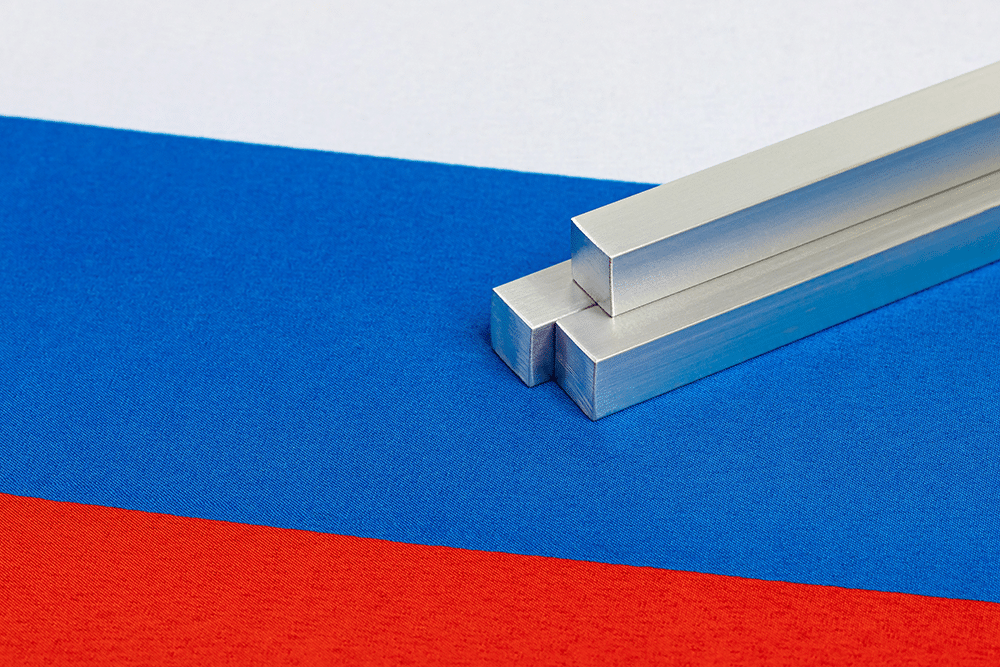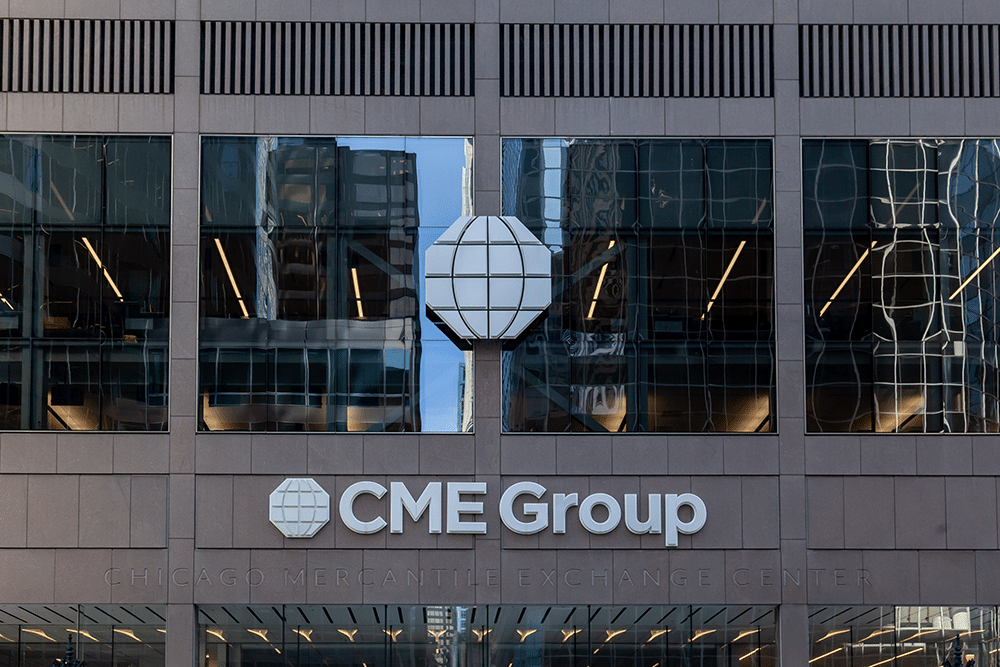By now, anyone in the metals market will know that the U.S. and UK recently banned the consumption of Russian aluminum, copper, and nickel produced from April 13 onward. While metal already on the London Metal Exchange (LME) and the Chicago Mercantile Exchange (CME) are still available for consumption, no metal delivered after this date is acceptable. This holds true whether buyers purchase the metal directly or have it physically delivered to the exchange to settle a contract.
The Metals Market Continues to React to the Russian Ban
Russia produces about 6% of global nickel, 5% of aluminum, and 4% of copper. That said, the biggest impact is arguably for nickel. This is because Russia is the world’s second-largest refined class 1 nickel producer after China, and class 1 nickel is currently the only type deliverable on the LME. Russian Aluminum also dominates the LME’s warehouse system, making up some 90% of available metal. Indeed, many in the metals industry consider Russia’s position to be a fundamental weakness that the LME has been unable to redress.

Consumers, on the other hand, seem more concerned about what comes next for the metals market. Does banning Russian metals, which average about half of the LME’s inventory but almost none of the CME’s, mean that the two markets will split? Will an arbitrage open up with the CME at a premium and the LME at a discount, thus reflecting the less accessible nature of such a significant portion of the LME’s inventory?
So far, there is no evidence of this. Still, we are only a week into the new regime. Over the last six months, there has been a mass removal of non-Russian aluminum brands from the LME.
Traders Shift Focus to Russian Warrants Amid Ban Fallout
For some time, Indian metal comprised some 50% of inventory levels, but it was diligently sought out and removed by traders. After the Russian ban, those same traders switched to a wholly different game: buying up Russian warrants, taking them off the market, and then delivering them back.
This makes the metal ineligible for Western consumers, and the buyers receive kickbacks on the warehouse rent in the expectation that the metal will sit there indefinitely. That is, the metal will remain there until someone finds a way to economically get it to a market that is not participating in the ban, such as China or India.
From sourcing strategies to long-term metal price projections, MetalMiner’s Monthly Metals Outlook report covers copper, nickel and aluminum markets from top to bottom. Grab your free sample report.
China Remains a Massive Consumer of Russian Metal
Other metals market insiders continue to speculate on other issues. Specifically, they want to know whether the predominance of Russian metal in Europe and Asia will depress the physical delivery premiums in those locations or inflate the U.S. Mid-West delivery premium to reflect the greater desirability of the CME’s inventory.
There is already a stark divergence in premiums, with Europe at twice the level and the U.S. at some three times the level of Japan’s Asian Main Japanese Port price. This reflects the overall tightness of the regions relative to one another.

While Japan does not import Russian aluminum, consumption by its neighbors still depresses the regional price. For instance, China is almost certainly buying the large volumes of Russian aluminum it consumes at a sharp discount to the LME, much as the region buys Russian oil at a sharp discount to global oil prices.
For the time being, Russian metal will likely suffer a discount from the LME/CME price for physical trades. Apart from the unwarranted/re-warrant game underway this month, only those countries not recognizing the U.S./UK ban will accept Russian metal. And, let’s face it, currently applies to most of the world.
Get valuable market trends, price alerts, and commodity news, supporting your business in mitigating the impact of a changing metals market. Register for MetalMiner’s free weekly newsletter.



